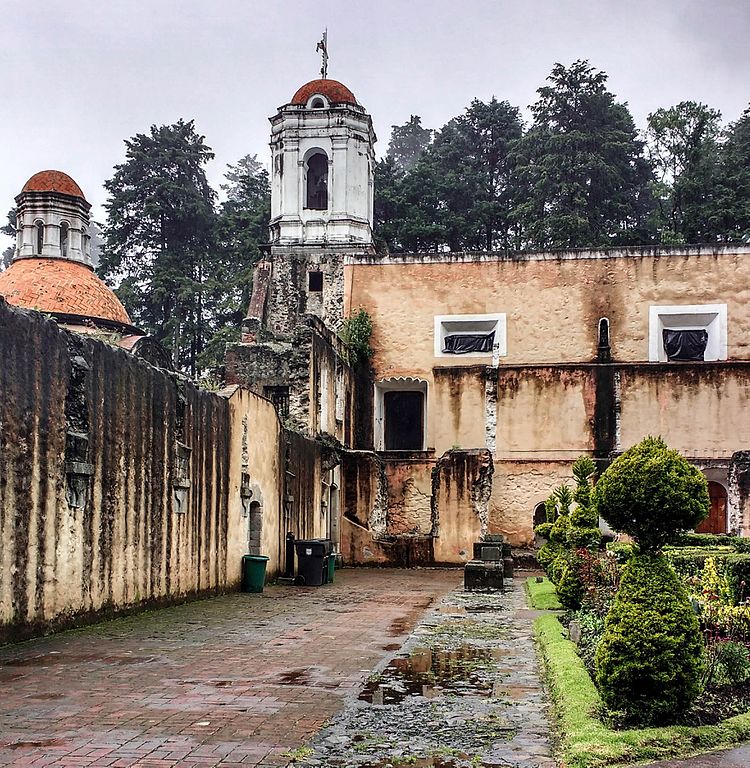
Far from everything, the Carmelites of the 17th century founded Desierto de los Leones as a place devoted to retreat, reflection and Christian meditation. Today, it’s purpose is still evident in every stone, and even in the youngest shoots of grass that grow there.
Getting There
Surrounded by one of the city’s biggest and oldest national parks, it’s a big place, and not always that easy to get to. On public transit, Bus #116 will arrive directly at the entrance to the park. The bus can be boarded at multiple Metro Stations.
Most visitors will take a taxi from one or another metro station, however there are buses that lead directly to the park, or to Santa Rosa Xochiac or San Mateo Tlaltenango, from which taxis can also take you to the park or convent entrance.
Construction of the monastery began in 1605. By 1611, it was mostly finished. The original site included a main cloister, and multiple cells to house the monks. A dining hall, library, kitchen, and laundry, are surrounded by some 1,529 hectares of forest. For that, it’s generally cool and even cold. A fence of some twenty kilometers surround the entire area. This was intended to keep out women and to limit access to the grounds.
One of the most popular places to visit today is a basement area. So dark that most visitors get lost for at least a few minutes, later stumbling onto punishment cells and catacombs.
The Chapel of Secrets remains a remarkable structure. Intended as a place of worship with no visual or personal contact allowed amongst congregants, they could only listen and then had to hold their ears to the wall.
The main church is in the shape of the Latin cross with four side chapels. There are, on the grounds eight of the original ten hermitages. Each had living quarters and a small garden.
Today, Desierto de los Leones is a dramatic museum and architectural site. It represents a history that is not well known, and a return to nature and contemplation that is always well overdue.
 nfo@desiertodelosleones.com.mx
nfo@desiertodelosleones.com.mx
 +52 (55) 5814 1172
+52 (55) 5814 1172
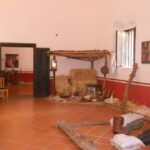
Nearest at 0.81 kms.

Nearest at 0.92 kms.
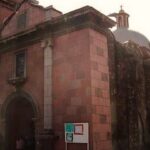
Nearest at 3.15 kms.
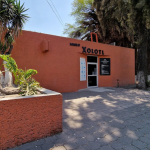
A spectacular little museum dedicated to the ancient Tenayuca ruins.

More than a wax museum, the Misterios collection is a thundering reverberation from the past . . .

A museum dedicated to the history of Mexican finance . . .
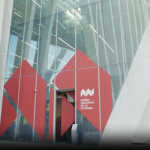
A museum dedicated to Mexico's long history of housing and living.
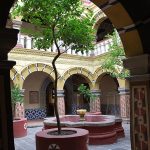
Not just the Museum of the Interventions and a fascinating military history, it's a fascinating monastery too.